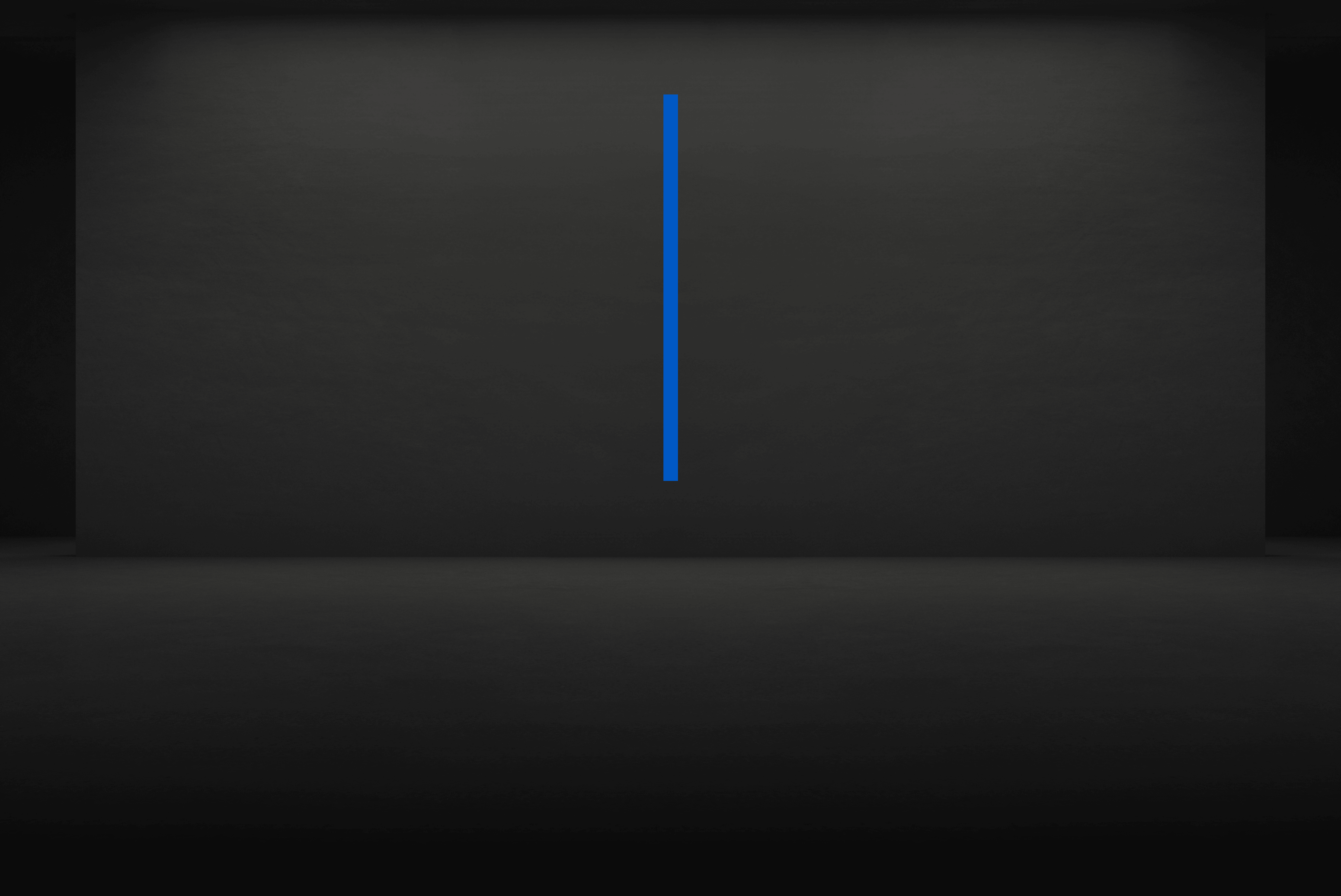A Ship Called Dignity
Narrative
Behind the scenes
Prints
A Ship Called Dignity
Lagos, Nigeria - 2017

Great photographs implicitly should be rare. In my mind, if a contemporary photograph is sufficiently powerful in content and evocative in light and line to be looked at for a long time, there is a chance it has something that is art, not reportage. But there is a third variable needed to elevate an image to a higher pantheon: relevance. This is the most elusive of the “holy trinity” of factors I strive to attain.
I started exploring the ground-level creative possibilities in Makoko, the largely inaccessible floating town aside Lagos. It may be dubbed the “Venice of Africa,” but with irony—there is no wealth or sophistication here, just poverty, crime, sewage, and waste. It is effectively a no-go zone for the “Yevo,” or white man. I had to have my audience with Makoko’s Chief Aladaton, and my team’s safety was personally guaranteed. It was one of the most surreal and humbling hours of my life.
I think I got what I came for. This image can be looked at for a long time, as there is a great deal going on. My preconception was that smoke, which is integral to the Makoko way of life, must also play an integral role in the image. The end result is better than I could have imagined.
This image showcases both the beauty and dignity of black West Africa.
I accept that there is an element of reductionism in terms of looking at a very complex place through a portrayal of strong facial aesthetic and personal dignity, but that was the story I wanted to tell. I see beauty in it, and when I returned to Makoko and showed the picture to the chief, he warmly embraced me. On this occasion, he was perhaps
the only critic who mattered.



“When I returned to Makoko and showed the picture to the chief, he warmly embraced me. On this occasion, he was perhaps the only critic who mattered.
David Yarrow


Print sizes
Standard
37" x 52" Unframed
52" x 67" Framed
Edition of 12
Large
56" x 79" Unframed
71" x 94" Framed
Edition of 12




